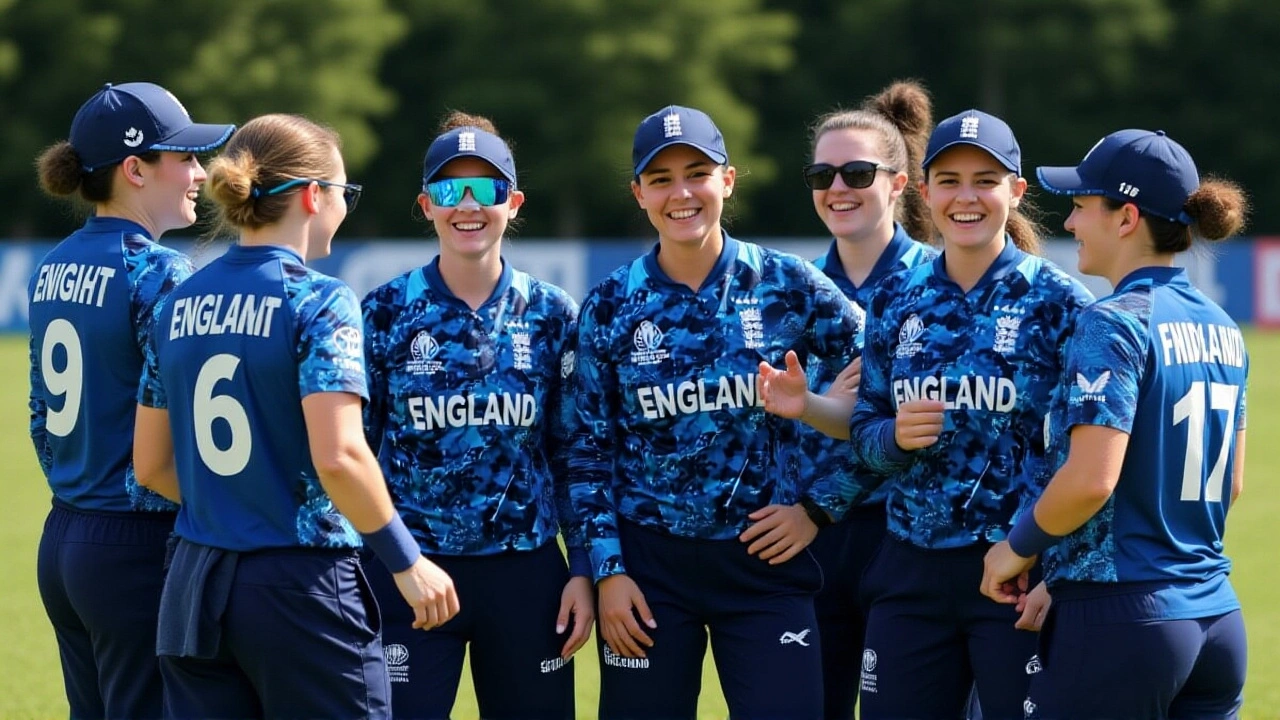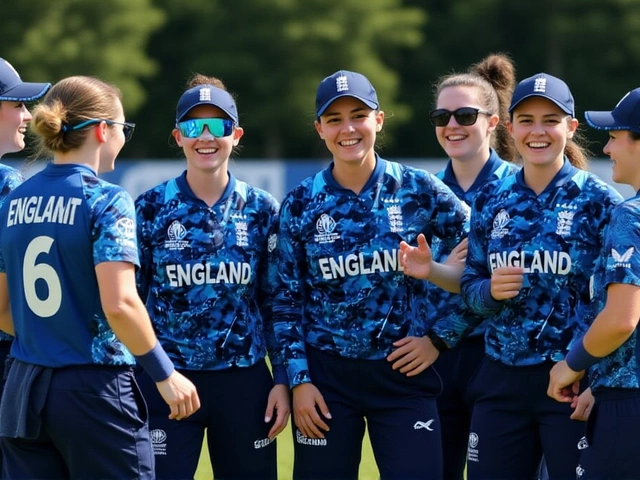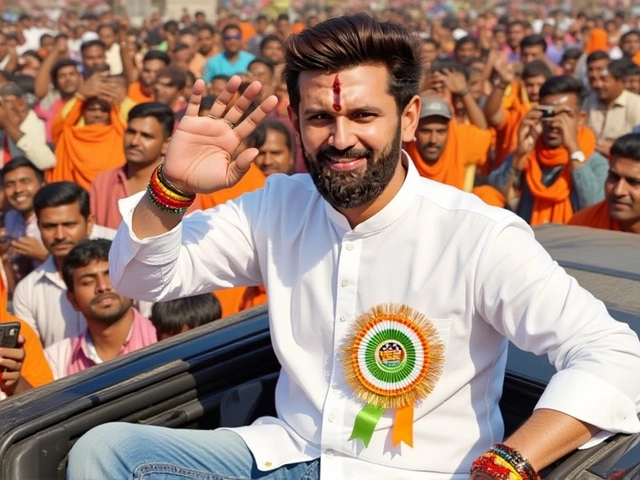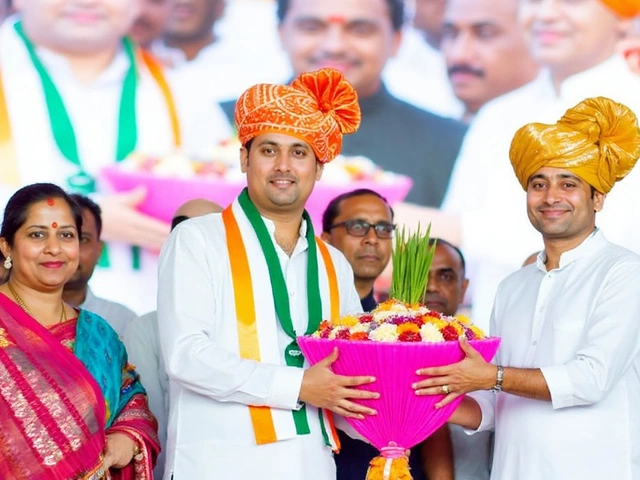ICC Women's World Cup – Your Quick Guide to the Top Women’s Cricket Event
When talking about ICC Women's World Cup, the premier international tournament for women’s cricket, organized every four years. Also known as the Women’s Cricket World Cup, it brings together the best national sides under the umbrella of the International Cricket Council, the global governing body that sets the rules and oversees qualification pathways. This event isn’t just a series of matches; it’s a catalyst for growth in women’s cricket, boosting participation, media coverage, and fan enthusiasm worldwide.
How the Tournament Works and Why It Matters
The ICC Women's World Cup follows a round‑robin format followed by knock‑out stages, meaning each team plays several One Day International (ODI) games before the semifinals. This structure demands depth in batting, bowling, and fielding, so teams often build balanced squads with specialist all‑rounders. To get there, nations must clear a qualification tournament organized by the ICC, which filters the top‑ranked sides into the final eight. Hosting duties rotate among cricket‑loving countries; the host nation gets automatic entry, benefit from upgraded stadiums, and sees a surge in local tourism. The event also pulls in sponsors, broadcasters, and a global fan base, turning the World Cup into a commercial powerhouse that fuels further investment in women’s cricket programs.
Beyond the on‑field action, the World Cup influences player rankings, national funding, and grassroots outreach. When a team makes a deep run, its players climb the ICC Women’s ODI rankings, attracting professional contracts in domestic leagues like the Women’s Big Bash or The Hundred. Those rankings, in turn, affect seedings in future tournaments, creating a virtuous cycle of performance and opportunity. Moreover, the tournament’s social impact is palpable: schools report higher girl enrollment in cricket clubs after each edition, and TV ratings show a steady rise in viewership, especially in emerging markets.
Another key piece of the puzzle is the role of match officials and technology. The ICC deploys elite female umpires and employs Decision Review System (DRS) tools to ensure fair play. This not only raises the standard of officiating but also showcases career pathways for women off the pitch. Meanwhile, broadcasters leverage multi‑platform streaming to bring live action to smartphones, expanding the audience beyond traditional TV households. The synergy between high‑quality production and engaging storytelling helps the World Cup reach new demographics, reinforcing cricket’s status as a truly global sport.
Fans are the lifeblood of the tournament. Whether cheering from a packed stadium in India, watching from a backyard in England, or following highlights on social media, supporter enthusiasm fuels the atmosphere. Many fans organize viewing parties, create fan art, and discuss strategies on forums, turning each match into a community event. This fan culture drives merchandise sales, which fund youth academies and scholarships, ensuring that the next generation of cricketers has the resources to succeed.
All these elements—qualification pathways, host nation benefits, ranking impacts, official standards, broadcasting reach, and fan engagement—interlock to make the ICC Women's World Cup more than just a series of games. It’s a platform that accelerates the growth of women’s cricket, stimulates economies, and inspires countless young athletes. Below, you’ll find a curated selection of articles that dive deeper into each of these aspects, from the history of the tournament to the latest news on upcoming matches and player performances. Explore the collection to get a full picture of why this event matters now more than ever.
England Women bowled out South Africa for 69 and chased it without loss at Guwahati, cementing their status as World Cup favorites. Linsey Smith’s 3‑for‑7 sparked the rout.
Recent-posts
Sep, 27 2025





